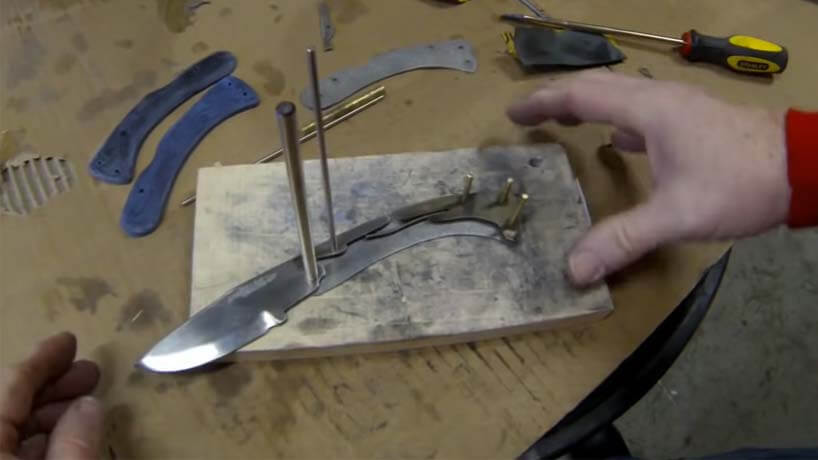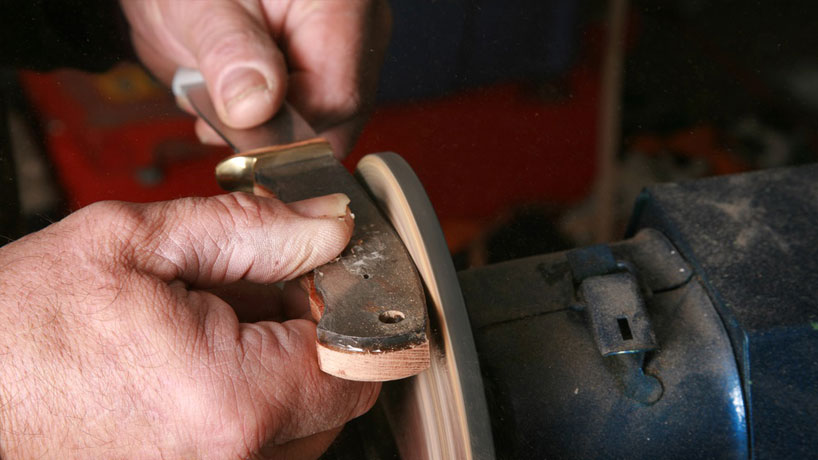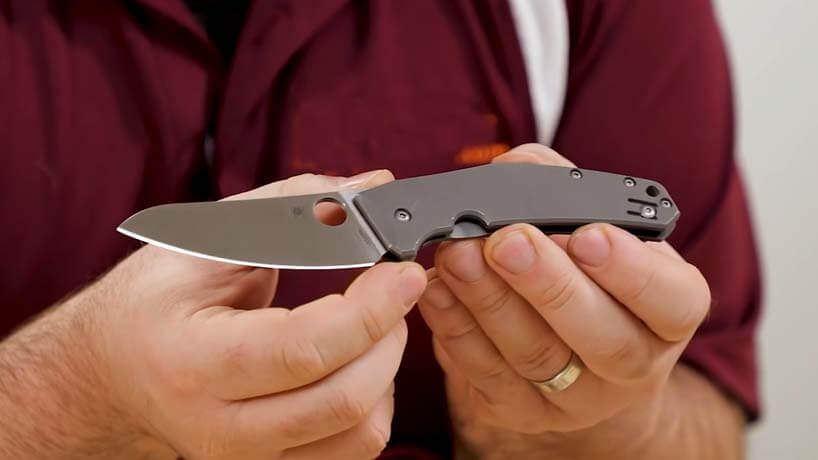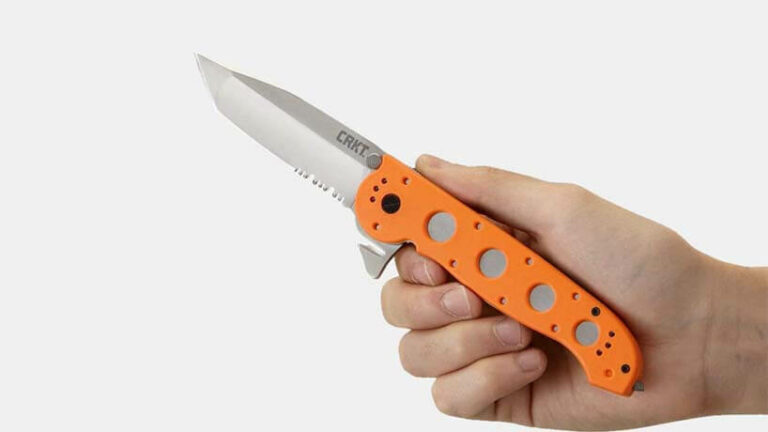Learning how to make your own pocket knife is not as easy as you might think. Most professional knife makers spend years of training to perfect their techniques. It’s hard to say but I’m sure that most professionals would not advise making your own knife. We recommend that you make your decision based on your confidence level. Making a knife is not necessarily safe but if it’s done in the right way it can be.
This article will guide you through five main methods of knife making. These methods are not expert opinions but instead, a homemade concoction to best fits your needs at home. Making a knife is one thing but making a pocket knife is another. If you decide that you want to have lots of different tools in the pocket knife then things get even more difficult.
However, if you want to make a basic knife then you’re good to go with our tips. We’ve tried to come up with the simplest ways to make a knife at home. So with that being said here’s our guide to making a knife at home.
1. How A Pocket Knife Works

First things first let’s have a look at how a knife works. We’ll look at how to make a folding pocket knife as well as a fixed pocket knife. The basics behind a pocket knife are moving joints, space for extra tools, and a sturdy handle design. These parts all need to work in conjunction for the knife to work well.
If one part of the knife doesn’t match another then the whole design will be offset. When making a knife at home it doesn’t have to be perfect but it needs to be as accurate as possible. A pocket knife can work off of a switch mechanism that uses a button or switch to open the blade. These have become very popular in recent years because of their efficiency and ease of use.
These have a spring-loaded mechanism inside the handle which flicks open the blade. When the blade is being closed a steel stopper is slid into place to hold the spring and keep the blade closed. A fixed blade pocket knife simply has two handle pieces that enclose a steel blade. I normally have pins or rivets that hold the knife together, there are no mechanisms involved.
2. Materials Needed
If you decided to make a fixed blade then you won’t need many materials. All you’ll need is a piece of steel, preferably high-carbon, and two pieces of wood. Some good choices of wood are Ebony, Oak, Ironwood, and Rosewood. These are hardwoods which are typically extremely tough and robust.
For a folding pocket knife, you’re going to need a couple of smaller pieces of steel, screws or pins, and something for the handle pieces. Handles for folding knives can be lighter weight but need to be very strong. Fibreglass and titanium are good choices.
You’re also going to need a lathe to shape the handles and the main blade. Make sure that you have the correct type of lathe, whether it be for wood handles or something like fibreglass.
3. Safety
We always have to touch on safety because it is a risky thing to make a knife at home. Using Machinery to shape pieces of Steel has Hazard written all over it so please be careful. Make sure that you wear eye protection and gloves when using any high-powered machinery like a lathe or drill. Personal protective equipment is essential.
If you do not know how to use a drill or a lathe, please consult an expert who can either help you or train you to use it correctly. Sharpening the blade of your knife is an important part of the process but must happen at the end.
After the other pieces of the puzzle have come together and your knife has been set up, then you can go ahead and sharpen the blade. Don’t do it before this because you run the risk of cutting yourself while performing other tasks on the knife.
4. How To Draw A Pocket Knife

The first thing to consider is the design of the pocket knife. By now you have decided which type of knife you will go with and so next we’ll come to the design. Never start anything until you have a plan in place. If you rush into things then you will end up having to redo the whole thing after putting in a lot of work.
To design a good knife, you’ll need to roughly sketch a blueprint of your knife. You don’t have to have the precision of an architect so don’t worry if it doesn’t look amazing.
Start by measuring out the dimensions of your desired knife. This is a very important part of the process so take your time in doing so. Decide on how big you want the knife blade and how big you want the handles.
Take into consideration if you want to add any extra tools to the knife and if you want to add in an opening and closing mechanism. Adding this kind of design will take extra time and require extra precision.
Once your dimensions are in place go ahead and draw a rough sketch of how you want the knife to look. This will simply act as a reference while you’re working and will also keep the design at the top of your head.
5. How To Make A Pocket Knife

After the design is complete the rest is in your capable hands. Start by measuring out the pieces of wood for the handles. Get the lathe going and start to shape the pieces of wood according to your blueprints.
Then you’re going to get your steel pieces and do the same as above. They don’t have to be perfect right from the start but being able to size them up will allow you to fit some pieces together to check for any problems and run a test.
Next, drill holes in the handle pieces in the correct size of the screws or pins. You’ll also need to drill into the steel blade with the same size drill bit. Make sure the holes line up correctly otherwise the knife will be completely out of line.
Once these are done put them together and test the knife to see if it is strong enough to withstand a decent amount of force. Then proceeded to fine-tune the pieces by shaping them further and polishing them to a smooth finish.
Conclusion
That’s all there is when it comes to making a pocket knife. It’s a lot easier said than done but in theory that’s all, there is to it. Take your time with the process and make the necessary mistakes at the right times. Doing this will allow you to learn the best way to construct the ultimate pocket knife.







